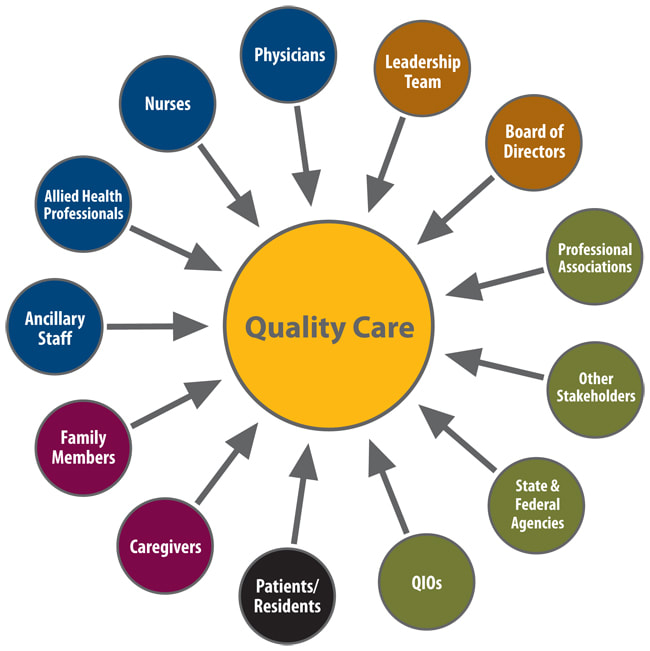Doleta. gov. Archived from the original on 2012-01-29. Recovered 2015-02-17. "Pictures: Comparing Projected Growth in Health Care Expenditures and the Economy The Henry J. Kaiser Household Foundation". Kff. org. 2006-04-17. Retrieved 2015-02-17. United Nations. New york city. "Yahoo Industry Web Browser Healthcare Sector Market List". Biz. yahoo.com. Recovered 17 February 2015. Hernandez P et al., "Measuring expenditure on the health workforce: ideas, information sources and techniques", in: Handbook on monitoring and examination of human resources for health, Geneva, World Health Company, 2009.
Table 6: Health labor force, infrastructure and essential medicines. Geneva, 2011. Accessed 21 July 2011. Evans RG (1997 ). "Going for the gold: the redistributive agenda behind market-based health care reform" (PDF). J Health Polit Policy Law. 22 (2 ): 42765. CiteSeerX. doi:10. 1215/03616878 -22 -2 -427. PMID 9159711. Keehan, Sean P.; Stone, Devin A.; Poisal, John A.; Cuckler, Gigi A.; Sisko, Andrea M.; Smith, Sheila D.; Madison, Andrew J.; Wolfe, Christian J.; Lizonitz, Joseph M.
"National Health Expenditure Projections, 201625: Cost Boosts, Aging Push Sector To 20 Percent Of Economy". Health Affairs. 36 (3 ): 553563. doi:10. 1377/hlthaff. 2016.1627. ISSN 0278-2715. PMID 28202501. S2CID 4927588. Archived March 20, 2007, at the Wayback Device "Average 2016 health-care bill: $12,782" by Ricardo Alonso-Zalvidar February 21, 2007 "WHO Health systems service delivery". cost, for selected health-care services (Hargraves and Bloschichak 2019). For example, a Humira Pen expenses in between 16 percent (South Africa) and 35 percent (Germany) of the U.S. average cost. Relatively high U.S. costs are not practically greater prescription drug prices (the bottom panel of figure 8) and the implicit subsidies that the United States offers to the remainder of the world (much of which imposes price controls on prescription drugs) by paying the fixed expenses of drug research study and development (Wagner and McCarthy 2004).
For example, a hip replacement surgical treatment expenses in between 21 percent (Holland) and 64 percent (Australia) of the average price in the United States. These patterns are constant with research showing that high U (how to start a home health care business).S. rates are a vital part of high U.S. spending on health care (Papanicolas, Woskie, and Jha 2018).
In particular, prices so far above those in other nations can show rents (i. e., payments to the health-care system beyond what is needed for a regular rate of earnings). These leas are driven by market flaws including service provider market power and the difficulty that health-care clients and other payers have in evaluating costs and quality (Chernew, Dafny, and Pany 2020).
More About Which Of The Following Is True About The Health Care Latinos Receive?
costs. One factor for high prices and high health-care expenses is that competition is abnormally weak in the health-care system. Combination of medical companies, barriers to market entry, and the closing of some health centers have actually led to high and rising market concentration, which enables companies to set higher prices without losing patients.
This index records the degree to which market share is focused in a few organizations, and it is an important evaluation tool for antitrust policy. Under the Department of Justice/Federal Trade Commission Merger Standards, an HHI of 1,500 indicates a moderately concerning concentration level, and an HHI of 2,500 shows high concentration.
Main care doctors are in between the moderate and high concentration levels, but they have experienced a fast boost in HHI as personal practices have been acquired (Capps, Dranove, and Ody 2017; Capps, Dranove, and Ody 2018; Fulton 2017). Figure 9 programs imply HHI throughout city areas, instead of the national level.
While this is appropriate for understanding the series of options readily available to a patient, it does not catch the deleterious results of debt consolidations throughout geographical areas (Dafny, Ho, and Lee 2019; Lewis and Pflum 2017). As discussed in Gaynor (2020 ), health centers that combine across areas gain leverage in negotiations with insurers, who prefer to provide large companies a health insurance that includes lots of service provider choices throughout the United States.
However policymakers can take actions to prevent extra consolidationand promote competitors in other waysas described in a Hamilton Project proposition by Martin Gaynor (2020 ). Administrative health-care expenses are greater as a share of GDP in the United States than in other countries. These administrative (i. e., nonclinical) costs take numerous types: claims processing and payment, prior authorization and eligibility determinations, and quality measurement, to name a few.
Unknown Facts About What Is Single Payer Health Care?
costs over those of other innovative economies becomes part of the explanation for high U.S. health-care expenses total (Cutler and Ly 2011). Figure 10 shows two different price quotes of administrative costs in the health-care systems of the United States and several other countries. The OECD price quotes consist of just payers' costs to administer health advantages and protection, while the price quotes by Himmelstein and coauthors include just administrative expenses to hospitals (OECD 2020a; Himmelstein et al.
The distinctions between the United States and other nations are significant. The United States invested 1. 4 percent of GDP on health center administrative expenses in 2010, compared to 0. 8 percent in the Netherlands and just 0 - how many health care workers have died from covid. 4 percent in Canada. On the payers' side the United States is also an outlier, costs 1.
2 percent in the UK. One factor for administrative expenses is to reduce non-administrative costs connected to excess usage Click here of health-care services. For instance, prior-authorization requirements can minimize costs and limit usage of the most pricey drug alternatives (Soumerai 2004). Nevertheless, these requirements enforce costs on clients and service providers that need to be taken into account, and in many cases they may just reflect a battle over who pays for needed treatments.
In a Hamilton Project proposal, David Cutler (2020) describes reforms that would minimize administrative expenses without hindering crucial functions of the health-care system. Health-care service providers have become a larger share of the labor force, rising from 5. 0 percent of work in 1980 to 8. 5 percent in 2019 (BLS 19802019b and authors' computations).
In figure 11a, we reveal the rate of medical residency positions per 100,000 U.S. citizens that were readily available over the last 60 years. These positions are an essential part of doctor training, needed simply after medical school. Historically the federal government has greatly funded a particular variety of residency positions (Heisler et al.

The Best Guide To Why Was It Important For The Institute Of Medicine (Iom) To Develop Its Six Aims For Health Care?
From 1960 through 2010, per capita medical residency positions increased only a little, increasing from 6. 9 to 7. 4 per 100,000 individuals. A more fast boost occurred considering that 2010 as a number of osteopathic programs got in the information, bringing the rate to 9. 8 in 2019 (about 32,000 total positions), however still below the application rate.The flat ratecontrasted with rising expenditures and health-care needs for an aging and richer populationsuggests that restricted supply has been an issue.
